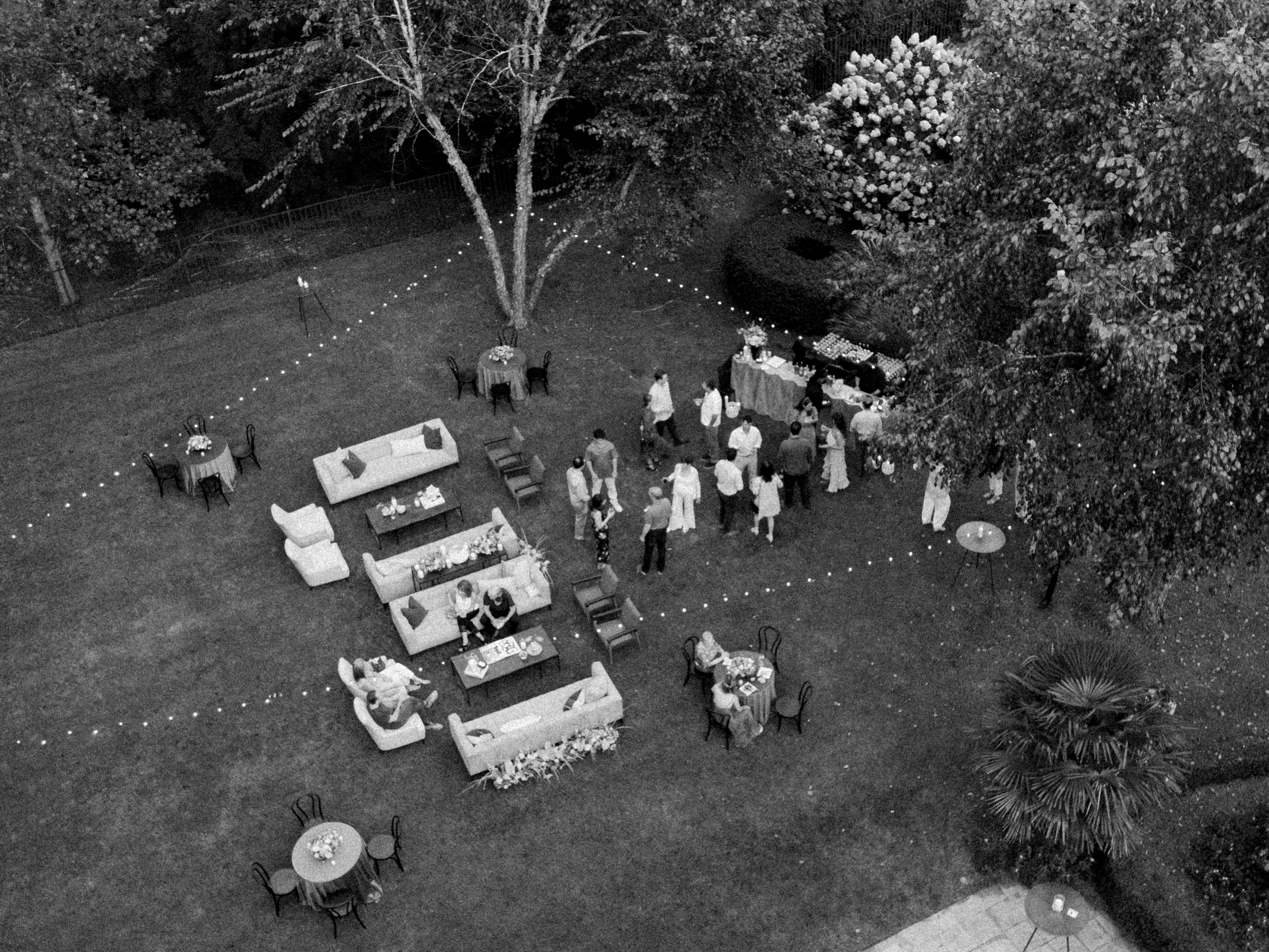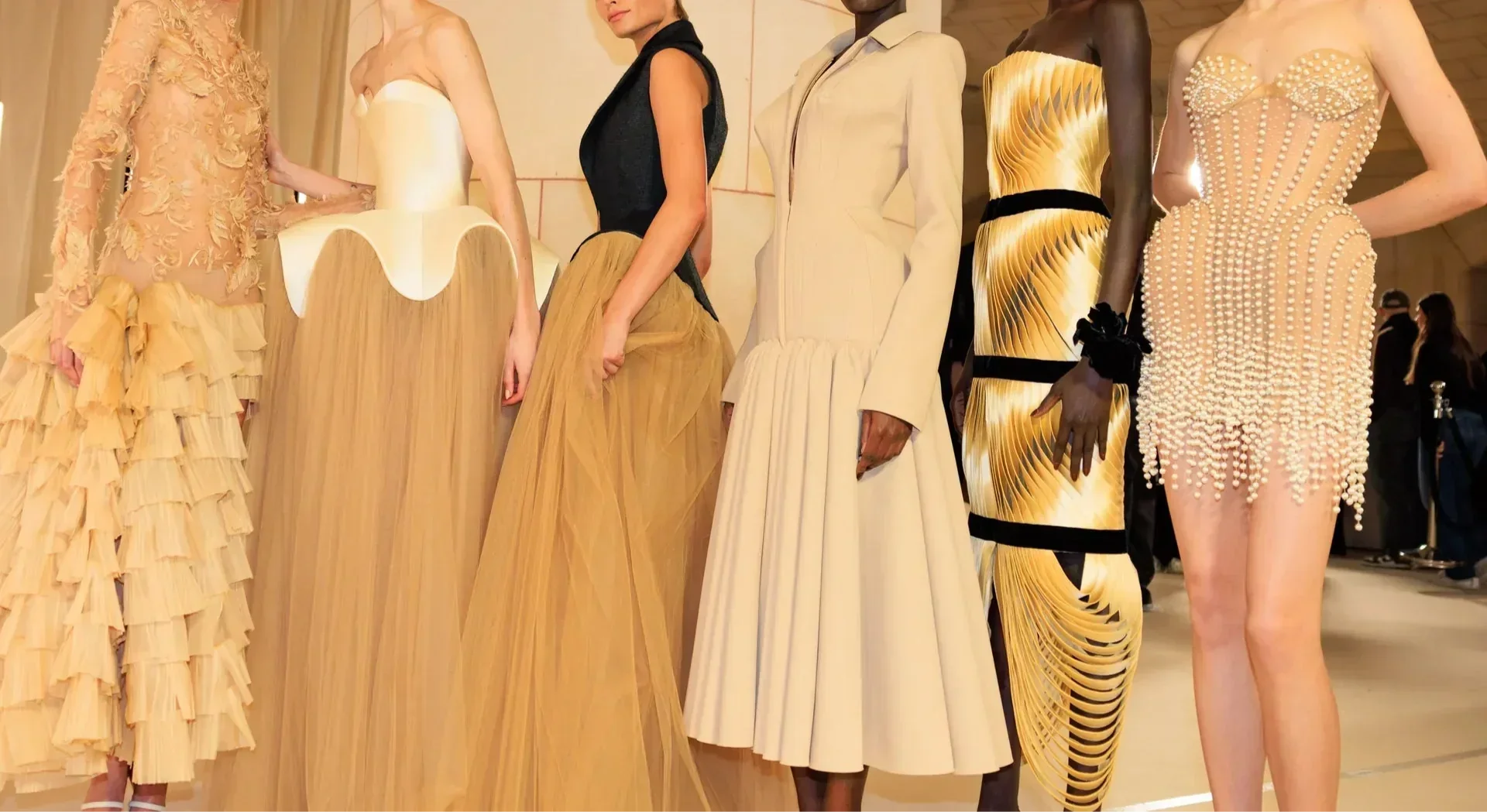Creating a Seamless Flow: Event Layouts That Promote Engagement and Comfort

We’ve all been there. You arrive at an event and immediately feel… disoriented. You walk in, get stuck in a traffic jam of people, or worse, can’t even figure out where you’re supposed to go. Your mood starts to sink before you’ve even had your first sip of wine.
This is a hallmark of poor planning, but the good news is it can be remedied. A well-thought-out event layout can transform that awkward, aimless feeling into one of ease and enjoyment. When the space is designed with intention, guests feel guided, not lost, and the event becomes more than just something to attend—it becomes an experience.
WHY EVENT LAYOUTS MATTER
The way you arrange a space has a direct impact on how guests interact with it. Think about it: when the room feels cramped, people feel uncomfortable. If it’s too spread out, they’ll feel isolated. But when the layout is crafted to encourage natural movement and engagement, it creates an atmosphere where people connect effortlessly. The design subtly tells them where to go, how to mingle, and where they’ll feel most at ease.
HOW TO DESIGN A LAYOUT THAT PROMOTES COMFORT AND ENGAGEMENT
Now, I’m not talking about hiring a feng shui master or mapping out every inch of your space like it’s a military operation. What I’m suggesting is a thoughtful approach—a balance between functionality and beauty. Here’s how you can make that happen:
- Start with the Flow
Picture how you want people to move through the event. Where do you want them to naturally gather? Where should the main activity take place? You don’t want people standing awkwardly in the back or blocking the entrance because the flow of traffic is unclear. Use the layout to create a natural progression, making sure there’s enough open space for people to comfortably move without feeling like they’re being funneled through a maze. - Think About Seating as More Than a Place to Sit
Seating isn’t just about filling up chairs. It’s about crafting interactions. Consider mixing up your seating arrangements—small clusters for intimate conversations, larger areas for group discussions, and a few solo spots for those who need a break. Strategic seating helps break down barriers, inviting guests to talk, engage, and connect. After all, the best moments often happen when people feel comfortable enough to strike up a conversation. - Keep Open Spaces, But Don’t Make It a Void
Walking into a space that feels too open can create the sense of being adrift. Open spaces are great for flow, but they should also offer a few anchors—places for guests to pause and gather. Think of creating little hubs within the event: a cozy seating area, a high-top table where people can mingle, or a soft lounge corner for quiet conversations. These are the spaces where guests will naturally gravitate to catch their breath or connect. - Make the Layout Intuitive
Guests shouldn’t feel like they’re playing a game of hide-and-seek with the food station or the restroom. Clear signage helps, of course, but so does an intuitive layout that naturally guides guests from one area to the next. When it’s easy to navigate, people are more likely to relax and engage fully in the experience. - Blend Aesthetics with Functionality
It’s tempting to prioritize form over function, but a layout that looks great without working well will only frustrate your guests. The trick is to create a space that’s both beautiful and practical. Use lighting to draw attention to key areas, incorporate décor that complements the event’s vibe, and make sure there’s a natural flow between sections. It’s about creating harmony—where the design feels effortless but serves a purpose.
WHY IT ALL MATTERS
At the end of the day, your event layout is about more than just placing furniture or setting up tables. It’s about shaping how guests experience the event from the moment they step in. When the layout makes sense, guests move easily, feel more comfortable, and are more likely to interact with each other. It’s these small details that make an event feel seamless, where every touchpoint feels intentional and welcoming.
A well-designed event layout isn’t just about organizing chairs and tables. It’s about creating an environment that fosters connection, engagement, and comfort. And isn’t that what we’re all aiming for?
—
So, the next time you’re setting up for an event, take a moment to think about the flow. How will guests move? Where will they gather? What will make them feel comfortable enough to stay, engage, and, most importantly, enjoy themselves?
It doesn’t take much to create a layout that works, but when you get it right, your guests will remember it long after the event ends. It’s the kind of experience that sticks with them—the one they’ll talk about, share with others, and think back on fondly. And in the end, that’s what matters most: creating moments that last well beyond the day itself.




